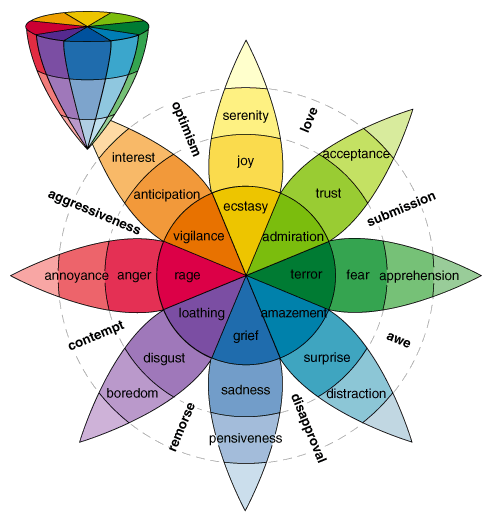When I was a social worker in the early ’80s and a person was waiting in the waiting room to see me, the receptionist would ring me and jokingly say your client system is here to see you.
Social Work has had a strong sense for a long time that the individual is always part of a system. This same systems theory was taught to me as being central to Psychodrama, specifically through an article by Lynette Clayton.
Recently I have read some good material in Imago Relationship Therapy : Perspectives on Theory, particularly by Randall C. Mason, Ph.D. who talks about the Relational Paradigm, and sees it as distinct from systems thinking.
I have been wanting to tie all this together, and Moreno’s contribution is significant. I love the way he sees the origin of our thinking of individual psyche ties in with the body as being the locus of treatment in medicine. What a fallacy it has been to continue to think like that in psychotherapy!
The opening of the Chapter on Sociometry in Psychodrama Volume one follows.
I’ve also added more notes on Sunday, 29 November 2015
Continue reading “The Locus of Therapy – Moreno”




